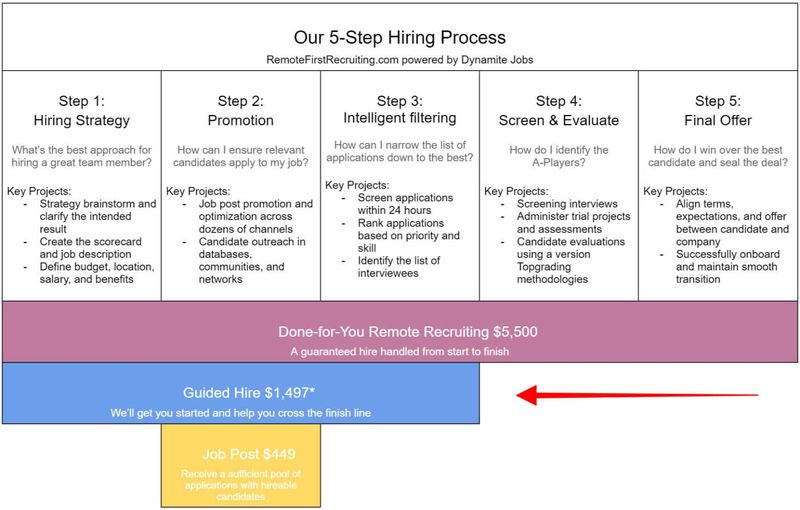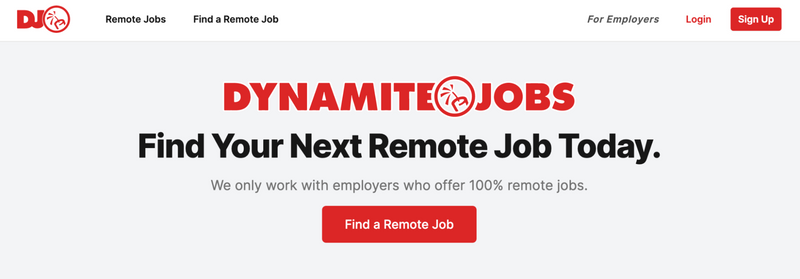What is Synchronous and Asynchronous Work?

With remote work being so common these days – nearly 60% of Americans can work remotely at least part-time – the term asynchronous has gotten a fair bit of buzz. This is something you might be doing regularly, or maybe your team operates best on a synchronous basis. And since teams spend a whopping 80% of their time communicating, it’s important to be sure they're doing so in the most efficient way for their type of job.
In this article, we'll get into what is synchronous and asynchronous work, the benefits of each, and some examples of remote jobs that are effectively done asynchronously and synchronously.
TLDR: What is Synchronous and Asynchronous Work?
Asynchronous, or async, work happens when people work on their own schedule, regardless of when the rest of the team is working. Synchronous work happens when multiple people are working together during the same hours.
Asynchronous Work
Asynchronous, or async, work happens when people work on their own schedule, regardless of when colleagues are working. Communication happens at different points in time between at least two people or groups - they don’t need to be and aren't communicating at once. Typical communication is through text, in forms like email, instant messaging, document collaboration, and project management tools, or through pre-recorded audio or video. If, for example, you email a coworker at the end of your work day and they respond 10 hours later when their day begins, you are communicating asynchronously.
Keep in mind, not all async work is so 100% of the time. Many companies require their teams to be available for at least two hours per day which accommodates the time zones in which their team operates. This leaves time for meetings or other tasks that are best done synchronously. This time overlap will look different depending on the job type and company.
Benefits of asynchronous work
There are several benefits to working asynchronously, like the following:
Team members enjoy the flexibility of creating their own schedules.
Many people love the freedom to work at times of their choosing. Not only do they get to balance work and life and not miss out on quality time with family and friends or important events, but they get to complete more focused, thought-intensive tasks in uninterrupted blocks of time. This means boosted job engagement, productivity, and performance - a win-win for management and the company, too.
People tend to be more honest.
Overall, people are more comfortable giving honest and open feedback in an asynchronous manner. This is because they don't feel expected or pressured to respond right away. Many of us just don't respond well to being put on the spot, so when it comes to collecting feedback, asynchronous work can be quite helpful.
Access to a bigger talent pool.
When you're not concerned with hiring from a specific location or time zone, you massively broaden the pool from which you can recruit talent. This means you'll get a shot at the best candidates worldwide that match what you're looking for.
Communication is automatically saved.
Since the dawn of email, people have taken for granted that written communication like this gets saved and stored for long time periods. This is also true for chat messages and threads in Slack or other similar tools. It can save a lot of time to have conversations automatically documented to refer to when needed, which doesn’t happen with unrecorded verbal communication in real time.
Synchronous
Synchronous work happens when multiple people are working together at once, in real time. You might share the same or similar working hours with your team and make yourselves available to one another at least during some of that time. An example of synchronous communication is a phone call or meeting, during which you're speaking concurrently and expect an immediate response, whether you're meeting on the phone, through video conference, or in person.
Benefits of synchronous work
When you work synchronously, you'll find different benefits, like the following.
Confusion can be avoided.
You've probably experienced trying to describe something in an email or message but, for whatever reason, you get the impression the team isn't really getting it. Confusion can set in, which some team members may not feel comfortable being open about, and this could eventually cause them to disengage or become frustrated. And nobody benefits from that.
This is where a remote, synchronous team meeting on audio or video might be best. Then, you can walk everyone through the topic at hand and answer questions then and there. And, for anyone not comfortable enough to speak up on the spot, you can always invite them to reach out to you privately after the meeting.
Team members who need more get it.
Sometimes, seeing the body language and hearing the voice of somebody speaking and moving in person brings more detail and nuance to a conversation or interaction. It simply enriches and provides a fuller way to observe a situation and come to a meaningful conclusion. This can be particularly true for sensitive information when you might be worried about the wrong eyes seeing it or the receiver misinterpreting something about it.
Quick group collaboration happens.
Sometimes, you're on a super tight deadline or a project has gone off the rails and you need to regroup and pivot pretty quickly. This can be especially challenging when larger groups are involved, and in these cases, it can be particularly efficient to work synchronously and brainstorm in real-time. This can help build momentum to solve problems and address questions or concerns right away, without running the risk of someone going off on their own and spending needless time on a task that maybe isn't needed after all or that another team member has the answer to already.
Examples of Remote Asynchronous Jobs
Many remote jobs out there can be done well asynchronously. Here are just a few examples.
Marketers
SureSwift Capital is a remote, asynchronous company. Every day, its marketing team members plan campaigns and tackle other day-to-day marketing tasks from the comfort of home or another preferred remote location.
Content creators (writers, editors, and other content specialists)
Trello is a tech company that offers a project management tool. The company's content team uses this tool to assign writing assignments and manage writers' workflow remotely and asynchronously. Meetings aren't needed, emails are few and far between, and editors and writers are working on their own in any time zone from any location.
Developers
GitLab, the creator of a development operations platform, has no company-owned offices and operates fully remotely and asynchronously in 65+ countries with 1,300+ team members.
Other roles
Many other remote roles can easily and effectively be done asynchronously. The following companies are just a few others that operate this way:
Examples of Remote Synchronous Jobs
Some jobs need to be done synchronously, even when they're remote. Whether it's because immediate feedback is needed to make changes on the fly, like an elementary school teacher diving deeper into a specific topic that students are struggling with, or an executive assistant issuing timely reports for board meetings, there can be many reasons for this.
Here are some examples of remote synchronous jobs:
-
Some teaching, like elementary school
-
Administration
-
Professional services like law, accounting, or consulting
-
Health services- counselors, doctors
- Customer Service / Technical Support
Related Posts:


Featured Remote Jobs
 New Job! Featured Job Remote Job
New Job! Featured Job Remote Job New Job! Featured Job Remote Job
New Job! Featured Job Remote Job New Job! Featured Job Remote Job
New Job! Featured Job Remote Job Opened 4 days ago Featured Job Remote Job
Opened 4 days ago Featured Job Remote Job Opened 4 days ago Featured Job Remote Job
Opened 4 days ago Featured Job Remote Job Opened 7 days ago Featured Job Remote Job
Opened 7 days ago Featured Job Remote Job Opened 9 days ago Featured Job Remote Job
Opened 9 days ago Featured Job Remote Job Opened 10 days ago Featured Job Remote Job
Opened 10 days ago Featured Job Remote Job Opened 11 days ago Featured Job Remote Job
Opened 11 days ago Featured Job Remote Job Opened 11 days ago Featured Job Remote Job
Opened 11 days ago Featured Job Remote Job Opened 11 days ago Featured Job Remote Job
Opened 11 days ago Featured Job Remote Job Closes in 5 days Featured Job Remote Job
Closes in 5 days Featured Job Remote Job
